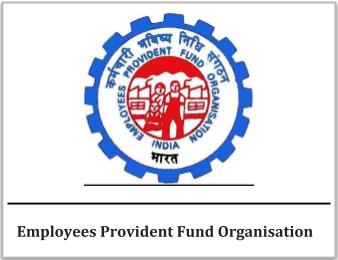EPFO Exam Model Questions : General Awareness (Set-16)

EPFO Exam Model Questions : General Awareness
1. Consider the following statements.
(1) Bye-election is to held within 1 year of the occurrence of the vacancy in any house of parliament.
(2) If the contesting candidate is dead before the actual polling then the party should propose another candidate within seven days.
(3) 1999 the provision was made for voting through postal Ballot to their constituency.
Which of the statements given above is / are correct?
(a) 1 only
(b) 2 & 3 only
(c) 1 & 3 only
(d) All of the above
2. Consider the following statements.
(1) A candidate should have a domicile of that which state where the contesting an election for the Rajya Sabha.
(2) A candidate sponsored by a recognised political party only one proposer is required in election.
(3) Rajya Sabha uses the open ballot system.
Which of the statements given above is / are correct?
(a) 1 only
(b) 2 & 3 only
(c) 1 & 3 only
(d) All of the above
3. Regarding the Term 'Genetic Erosion' consider the following statements:
1. Genetic Erosion means decrease of crops, diversity and their coid forms.
2. Transformation of Agriculture is held in Genetic Erosion.
3. Genetic Erosion happens when humans invent new crops and give them preference.
4. Economic and industrial development also play a big role in genetic Erosion.
Which of the statements given above is/are correct?
(a) 1 and 2
(b) 2 and 3
(c) 1, 2 and 3
(d) All the above.
4. One atom of ehlonive destroys how may atoms of ozone?
(a) One thousand
(b) Ten thousand
(c) Fifty thousand
(d) One Lakh
5. Bioremediation process event to decrease the pollution in atmosphere:
Consider the following statement about this process.
1. To decrease the environmental pollutant
2. Living micro organism use in this process
3. By this process polluted places were came in their pre-stage
4. By this process the life cycle of elements in the environment cannot be maintained.
Select correct answer-codes given below:
(a) Only 1
(b) Both 1 and 2
(c) 1, 2 and 3
(d) 1, 2, 3 and 4


